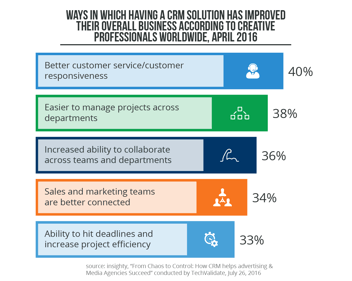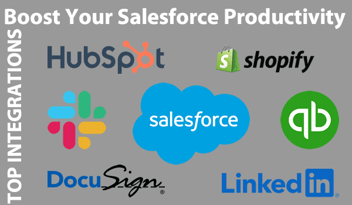Introduction
When we think of the industries that cloud services have changed for the better, we usually think of information-centered sectors, such as health, education, and finance. We don't often consider manufacturing and how cloud services could be used to improve it.
However, manufacturing continues to be one of the most significant sectors across the globe. In the US, roughly 15 million Americans were employed in the private manufacturing industry in 2019, while the whole sector accounted for about 30% of the country’s GDP in the same year. Given its importance, it's imperative that the manufacturing industry makes full use of various technological innovations, especially the cloud. If you are not convinced, here are some of the ways cloud services has been changing manufacturing for the better:
Provides opportunities for upskilling
In this day and age, when the world is run by various technologies such as AI, blockchain, 5G and robotics, upskilling your employees is more important than ever before. Aside from helping companies stand the test of time and set them up for the future, upskilling employees can help improve retention rates, boost morale, increase customer satisfaction and attract new talent. Contrary to popular belief, the upskilling of your workforce doesn't always have to be tricky or expensive. For instance, by simply incorporating the cloud, as well as other technologies, into your business’ operations, you are already providing plenty of opportunities for upskilling. Migrating to the cloud will not only drive your business forward but also free up valuable time that your employees can use to work on higher-value tasks that have a greater impact on the business as a whole.
Enables better product design
It goes with saying that the needs of customers (and, by extension, the products that manufacturers have to make) change over time. This undeniable reality makes the process of designing products that suit the needs of every client not only time-consuming but also incredibly intricate and arduous. Fortunately, this process can be streamlined through the use of the cloud. The ability to instantly share and edit PCB designs through cloud services and browser-based platforms, with no need for specialized software, has made the process of preparing PCB designs for manufacturing easier and more efficient. Through cloud services, designers are able to crowdsource ideas for their designs and catch errors before manufacturing. In addition, cloud services that also store data can ensure consistency and encourage sustained growth by significantly reducing their time-to-market periods, since designs are readily available.
Maximizes efficiency
Investing in cloud technology is more than just a way to keep up with the times. It is, in fact, an important business strategy that will give any organization the agility, speed and insight needed to stay competitive. For instance, with the help of cloud services, you can quickly and easily turn on new facilities and support market fluctuations. This is because the responsibility to create a secure, reliable, available and scalable service falls on your cloud provider, not on a single individual (who often has limited access to all the information needed). Another way cloud technology maximizes efficiency is by providing a single source of truth. This effectively eliminates the use of disparate tools and data silos -- which makes getting everyone on the same page challenging -- and reduces the number of errors, bottlenecks and mundane tasks.
Conclusion
Throughout the years, technology has never failed to showcase how much it can help industries advance, become more efficient and achieve long-term success, and the cloud's impact on the manufacturing industry is no different. With the cloud, manufacturers will not only be looking forward to more opportunities for upskilling and better product designs but also greater efficiency. To learn more about the different ways cloud services can boost productivity and effectuate different benefits, do look at the solutions we offer and visit our blog.





Leave a Comment